Turbulence is hard to control, but a turbulent blob created using vortex rings provides fundamental insights into this elusive state of matter.



Turbulence is hard to control, but a turbulent blob created using vortex rings provides fundamental insights into this elusive state of matter.

Researchers investigate dark photons as alternatives to dark matter, aiming to detect these particles through experiments involving the conversion of light.

A new approach to understanding gravity helps eliminate some discrepancies inherent in general relativity.
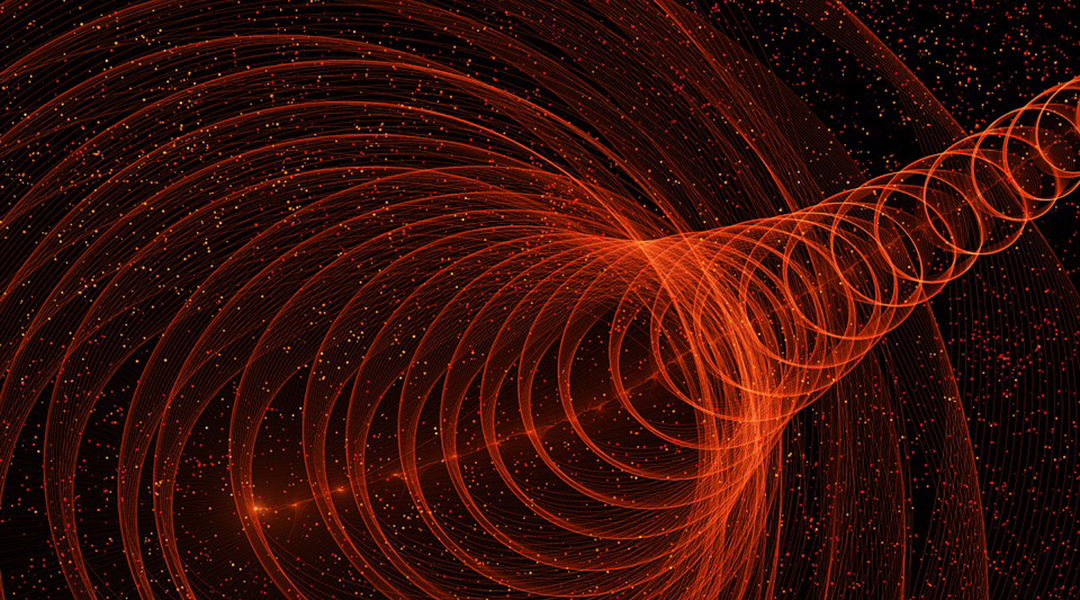
New research reveals that quantum effects defy the universality of free fall, providing a potential experimental pathway to test quantum gravity.
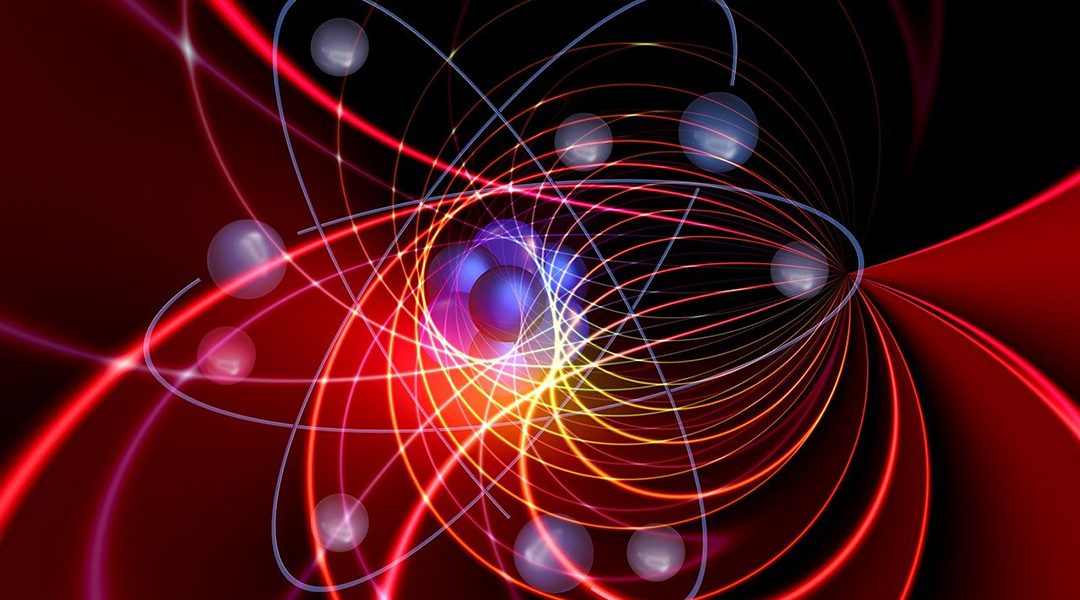
A new technique can detect the X-ray signature of an individual atom, even determining the structure of its electron orbits.
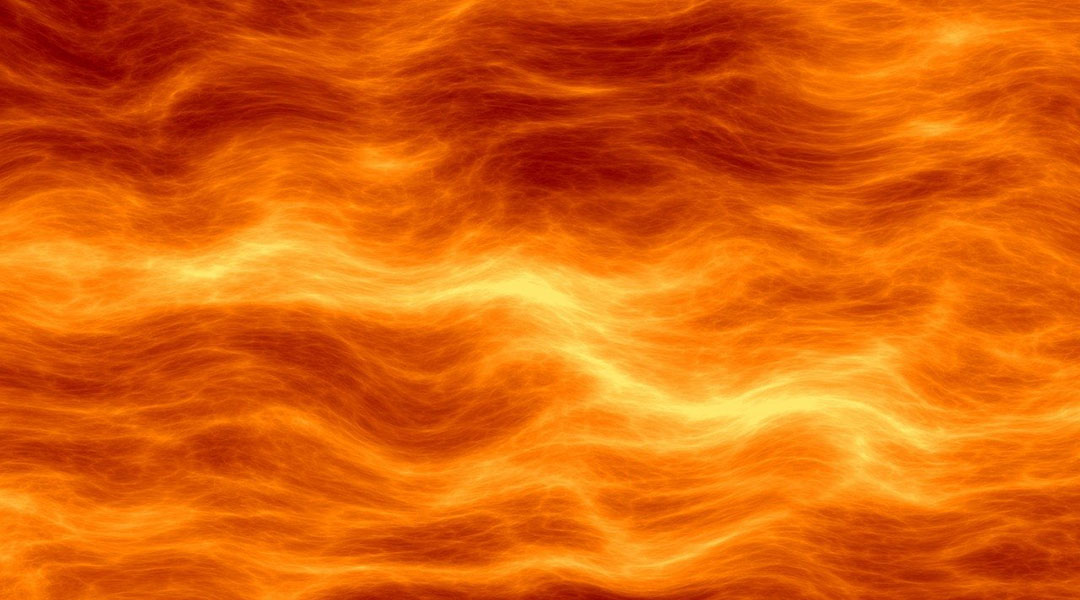
The most compact nuclear fusion reactor built to date could provide a more affordable and sustainable means of future fusion energy.
Scientists propose a modified cosmological model that challenges the existence of dark matter and dark energy.

The composition of dark matter remains a mystery, but a new theory involving quantum tunneling may have eliminated some candidates.
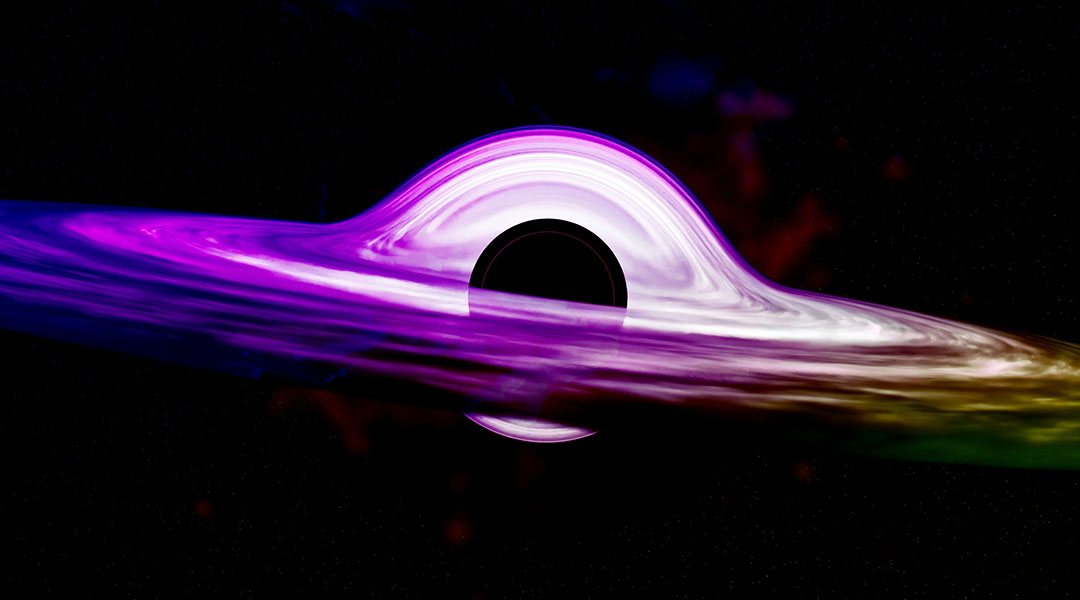
Dark matter could be aggregating around black holes, providing a possible means of indirectly measuring its properties.
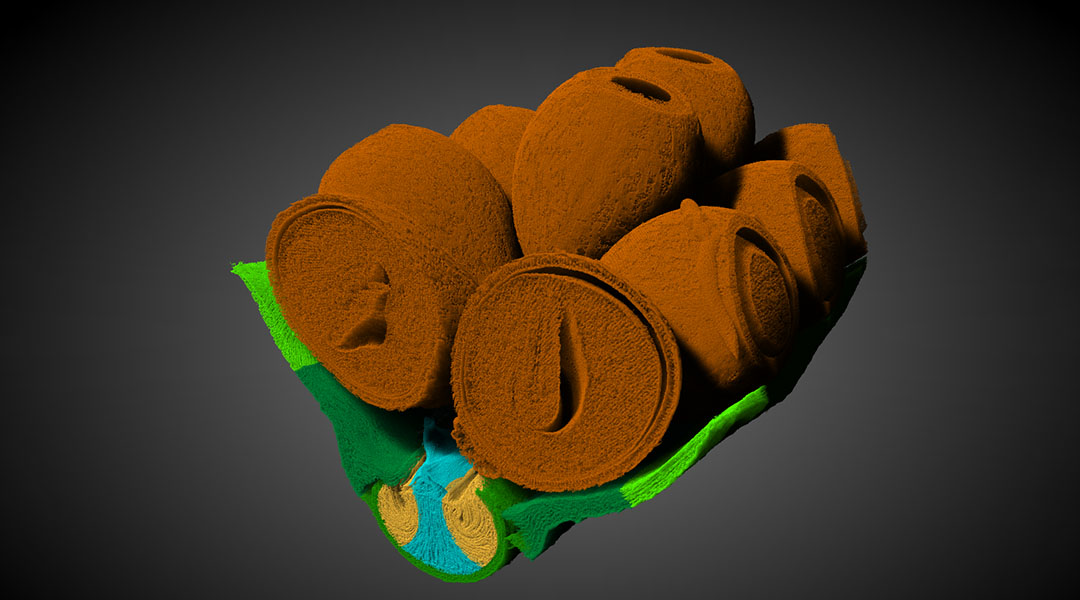
Taking inspiration from nature, scientists create a two-component catapult that overcomes limitations in 4D printing.